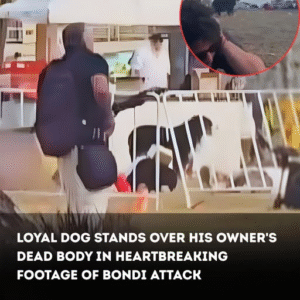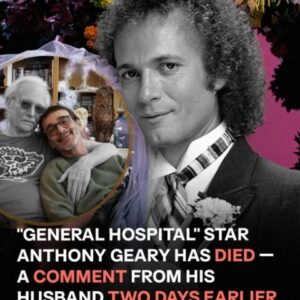There’s something undeniably heartwarming about looking back on the ’70s and ’80s — a time when life felt slower, friendships ran deeper, and conversations weren’t filtered through screens.
I still remember pedaling down the street with the wind in my hair, my mother’s voice calling, “Be home before dark!” The world seemed endless, filled with the laughter of friends and the comfort of familiar routines. We didn’t have phones glued to our hands, yet somehow, we were never out of touch with what mattered most.
Sure, those decades weren’t perfect, but there’s a reason so many people long for them. They carried an authenticity that’s hard to replicate in today’s fast-paced, hyperconnected world. So let’s take a trip down memory lane and see how relationships — romantic and platonic — have evolved from those simpler times to the digital age we live in now.
1. Communication Styles
In the 1970s, connection meant presence. People talked face-to-face or over landline telephones, often sharing heartfelt letters to bridge long distances. Rotary phones slowly gave way to touch-tone models, and every ring of the telephone carried weight — sometimes excitement, sometimes dread.
Long-distance calls were expensive, so families often waited until the evening when rates dropped. Every word felt precious because time was literally money.
Fast forward to today: we can reach anyone, anywhere, at any moment. Texts, DMs, and video calls keep us constantly connected — yet, paradoxically, many feel more alone than ever. While we communicate more, we often connect less. Digital messages can blur tone, leaving room for misunderstanding that a simple in-person conversation could have solved.
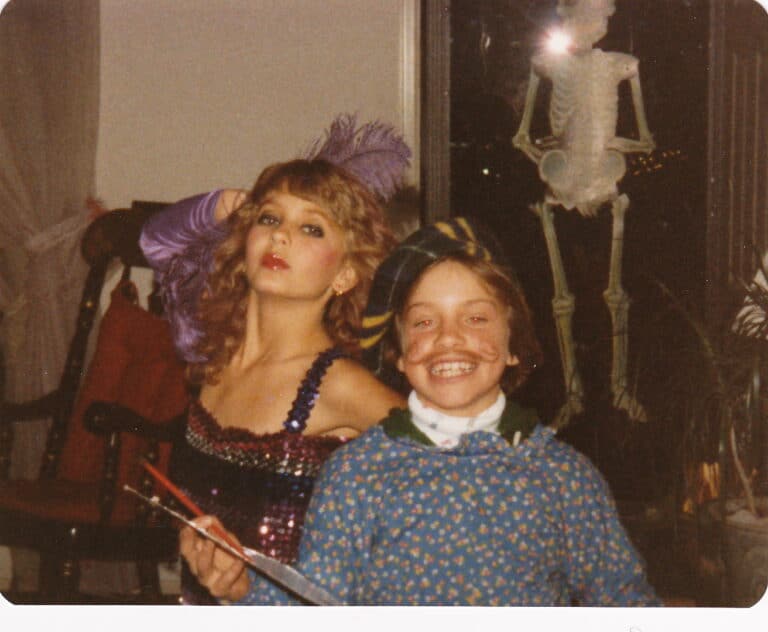
2. Dating Norms and Practices
Dating in the ’70s required confidence and charisma. If you liked someone, you had to walk up and say something. You met partners at work, through friends, or by chance at the local bar. Handing over your number was a small leap of faith — no swiping, no filters, just courage.
Today, love lives on apps. Tinder, Bumble, and Hinge have replaced the dance floors and phone booths of old. It’s easier to meet people but harder to build genuine trust. Back then, relationships started with conversation; now, they often start with curated profiles and quick judgments.
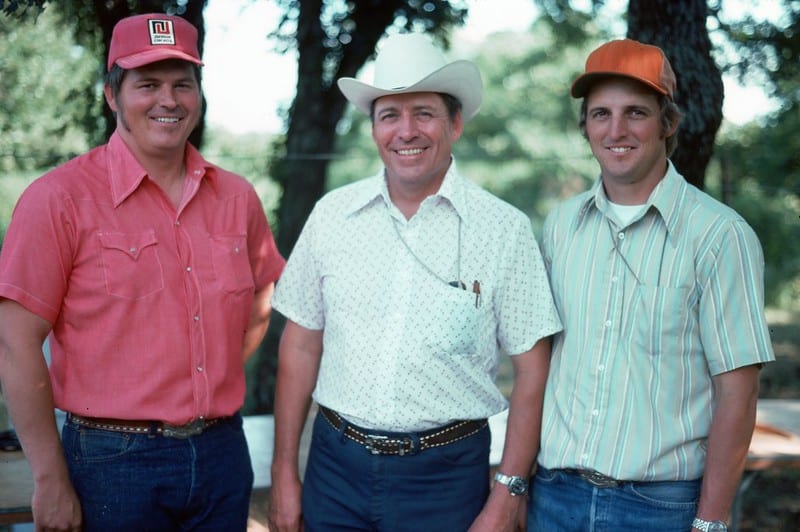
3. Attitudes Toward Commitment
Commitment in the 1970s meant stability and family. Marriage was a cornerstone of adulthood, and though divorce rates began rising, most couples viewed separation as a last resort. In that decade, roughly 70% of married men and 67% of married women reported being happy in their marriages — impressive, considering societal pressures.
Today, marriage is less of a milestone and more of a personal choice. Many young adults prioritize independence, emotional growth, and financial security before settling down. Cohabitation, once taboo, is now the norm. We’ve shifted from “till death do us part” to “as long as we both grow together.”
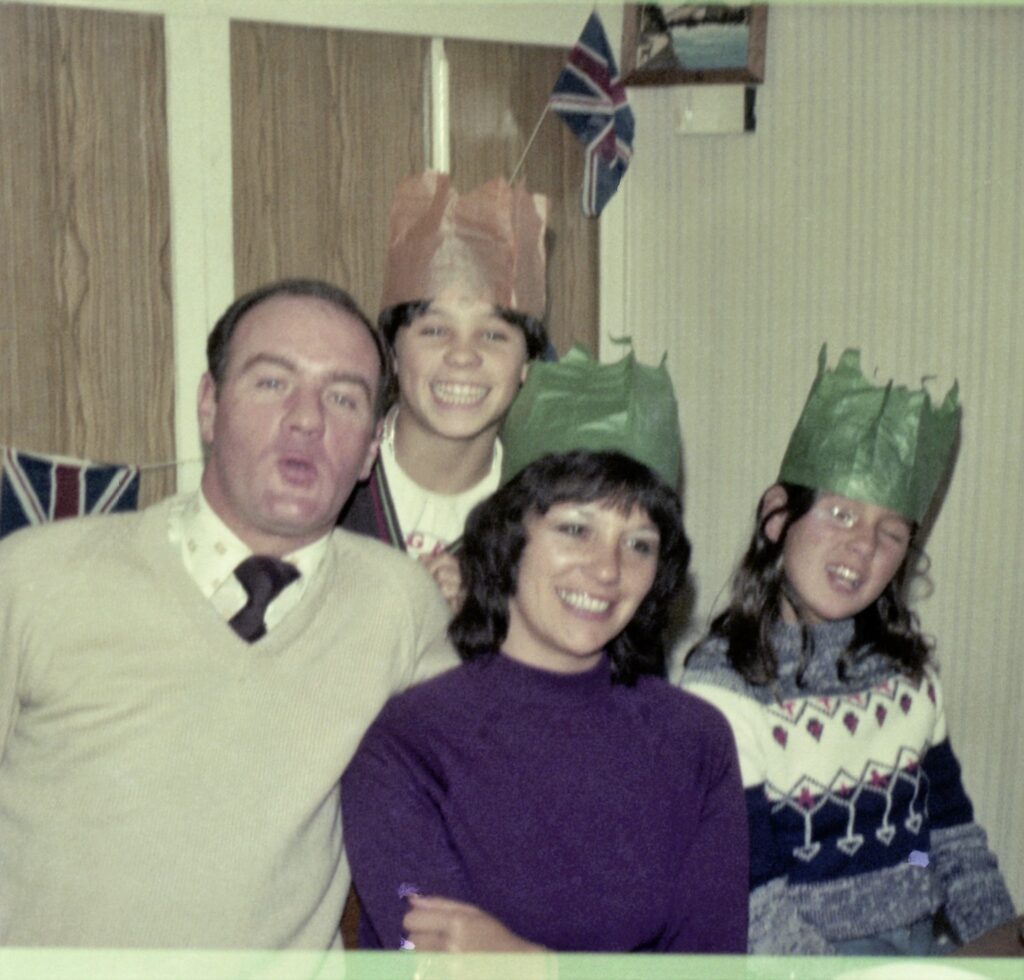
4. Gender Roles and Equality
In the ’70s, traditional gender roles were being challenged by a rising feminist movement. Women were fighting for the right to work, to earn equally, and to be seen as more than “homemakers.” Still, many faced harsh questions like, “Who’s watching the kids while you’re at work?”
Today, equality has progressed by leaps and bounds, though the journey isn’t over. Relationships now thrive on partnership — two individuals balancing love, ambition, and shared responsibility. There’s also broader acceptance of diverse identities and family structures, proving that love doesn’t fit a single mold.
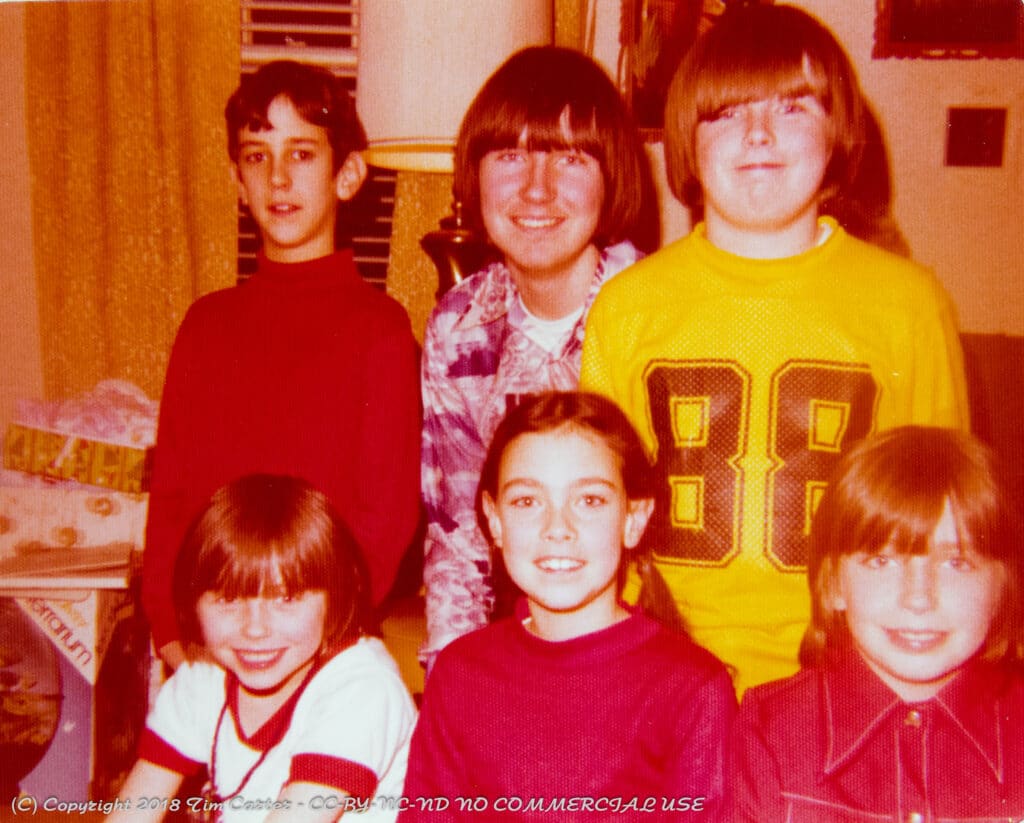
5. Friendship Then and Now
Here’s where nostalgia hits hardest. In the ’70s, friendship was tangible — handwritten notes, impromptu hangouts, long talks under streetlights. There were no texts to cancel plans last minute, no online distractions dividing attention. When you were with someone, you were really there.
Without cell phones, streaming services, or social media, people made their own entertainment — backyard games, drive-in movies, jam sessions in garages. Bonds formed through shared experiences, not shared memes.
Today, we can have hundreds of online “friends,” yet still crave that old-fashioned closeness. Technology has expanded our social circles but diluted their depth. Maybe that’s why so many look back on those days with longing — when a friend’s knock on the door meant adventure, not anxiety.
6. The Rise of Social Media
The idea of social media actually began in 1978 with the Bulletin Board System — a dial-up hub where users could exchange messages. It was primitive, but it planted the seeds for today’s online world.
Now, we share every detail of our relationships and milestones online. It’s beautiful in its own way — a global scrapbook of connection — but it also breeds comparison and performance. Back then, intimacy was private; today, it’s public by default.
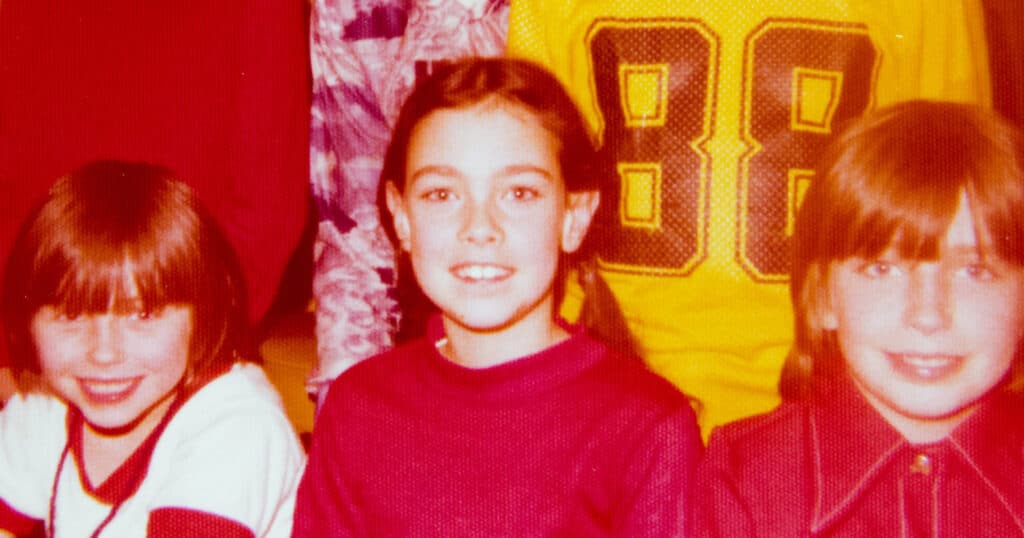
7. Mental Health Awareness
Perhaps one of the most positive changes is how we treat mental health. In the ’70s, emotional struggles were taboo. Depression or anxiety often went unspoken, labeled as “weakness” or “madness.”
Today, vulnerability is seen as strength. Therapy is normalized, emotional intelligence is valued, and couples are encouraged to talk about their needs openly. It’s a shift that’s made relationships more empathetic and self-aware.
The friendships and romances of the ’70s carried a certain purity — unhurried, face-to-face, rooted in trust and time. While today’s world offers convenience and global connection, it’s hard not to miss that simplicity: the hum of a rotary phone, handwritten love letters, and laughter echoing down quiet streets.
Maybe the lesson is this — technology changes, but the human need for real connection doesn’t. Whether it’s 1974 or 2025, the heart still craves the same thing: to be seen, heard, and loved for who we are.
So, what do you think? Were friendships truly deeper in the ’70s, or have we just forgotten how to slow down enough to see the beauty in what we have now?
